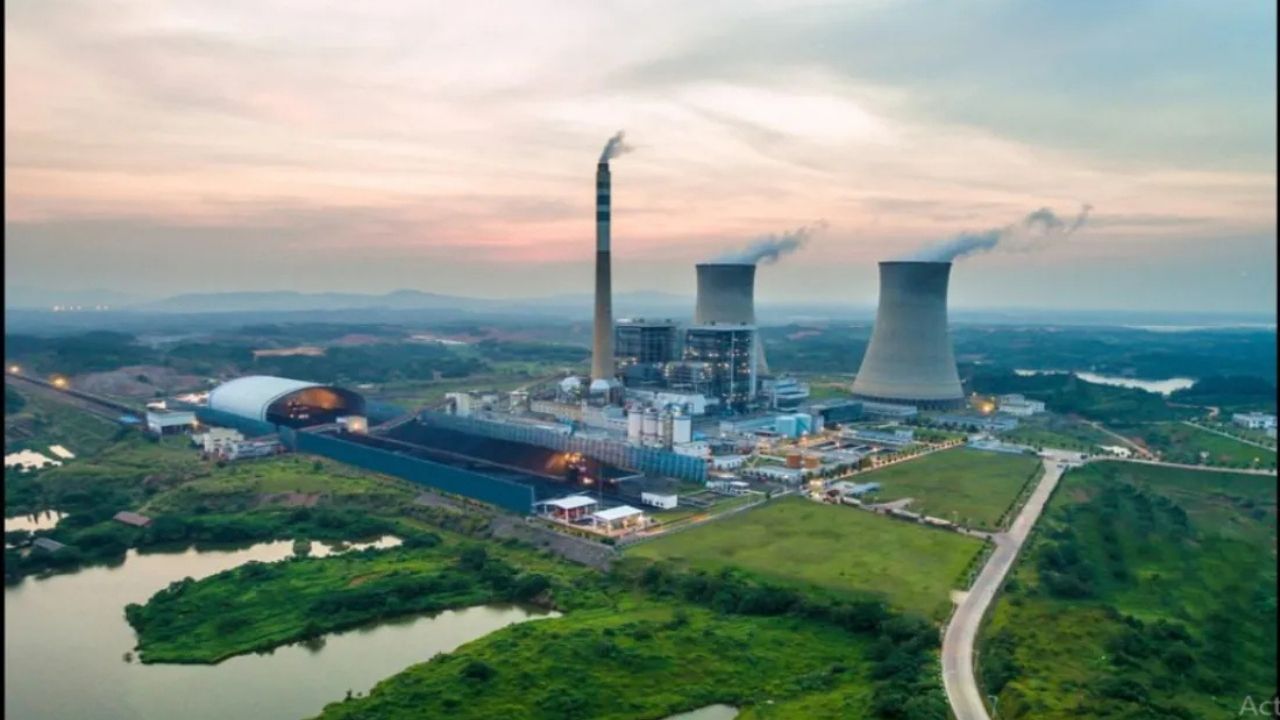In a bold step toward achieving energy security and sustainability, India has launched a Nuclear Energy Mission under the Union Budget for FY26. The mission sets an ambitious target — expanding the country’s nuclear power capacity to 100 GW by 2047, a monumental leap from the current 8.8 GW.
To drive this vision, the government has established an inter-ministerial committee tasked with developing a comprehensive roadmap. This roadmap includes major policy reforms to encourage private and foreign participation, along with strategies for financing, safety, fuel management, and operational efficiency.
The 2047 Reactor Mix
By 2047, India’s nuclear power landscape is projected to include:
- 46.5 GW from Pressurized Heavy Water Reactors (PHWRs)
- 38.8 GW from Pressurized Water Reactors (PWRs)
- 5 GW from Fast Breeder Reactors (FBRs)
- 10 GW from Bharat Small/Modular Reactors (BSRs/BSMRs)
The estimated investment requirement for achieving this capacity stands at ₹20 lakh crore (US $225.73 billion). Meeting this goal will also require around 8,000 tonnes of natural uranium and 1,000 tonnes of enriched uranium annually by 2047.
Key Strategies and Recommendations
To meet these ambitious goals, the committee has proposed several critical measures:
- Advanced fuel design development to enhance efficiency and reduce waste.
- Expansion of domestic uranium mining and acquisition of foreign uranium assets to secure long-term fuel supply.
- Indigenization of manufacturing to reduce costs and increase self-reliance.
- Adoption of long-term financing models and credit enhancement mechanisms to attract private investment.
- Inclusion of nuclear power within climate finance frameworks, recognizing its role in low-carbon growth.
Ensuring Sustainability and Safety
As India’s reactor base expands, the roadmap places strong emphasis on sustainability and safety. It calls for:
- Robust waste management systems
- Reprocessing of spent fuel to maximize resource utilization
- Establishment of a dedicated decommissioning fund to ensure long-term environmental and operational safety
These measures aim to make nuclear energy a clean, reliable, and future-ready power source for the nation.
Positioning India as a Global Nuclear Leader
With this mission, India is poised to emerge as a global leader in nuclear energy—not only expanding its clean energy portfolio but also driving innovation, technological advancement, and private sector collaboration.
By 2047, as India celebrates a century of independence, its Nuclear Energy Mission will stand as a symbol of the country’s commitment to sustainable growth, energy independence, and climate resilience.
Source: IBEF


